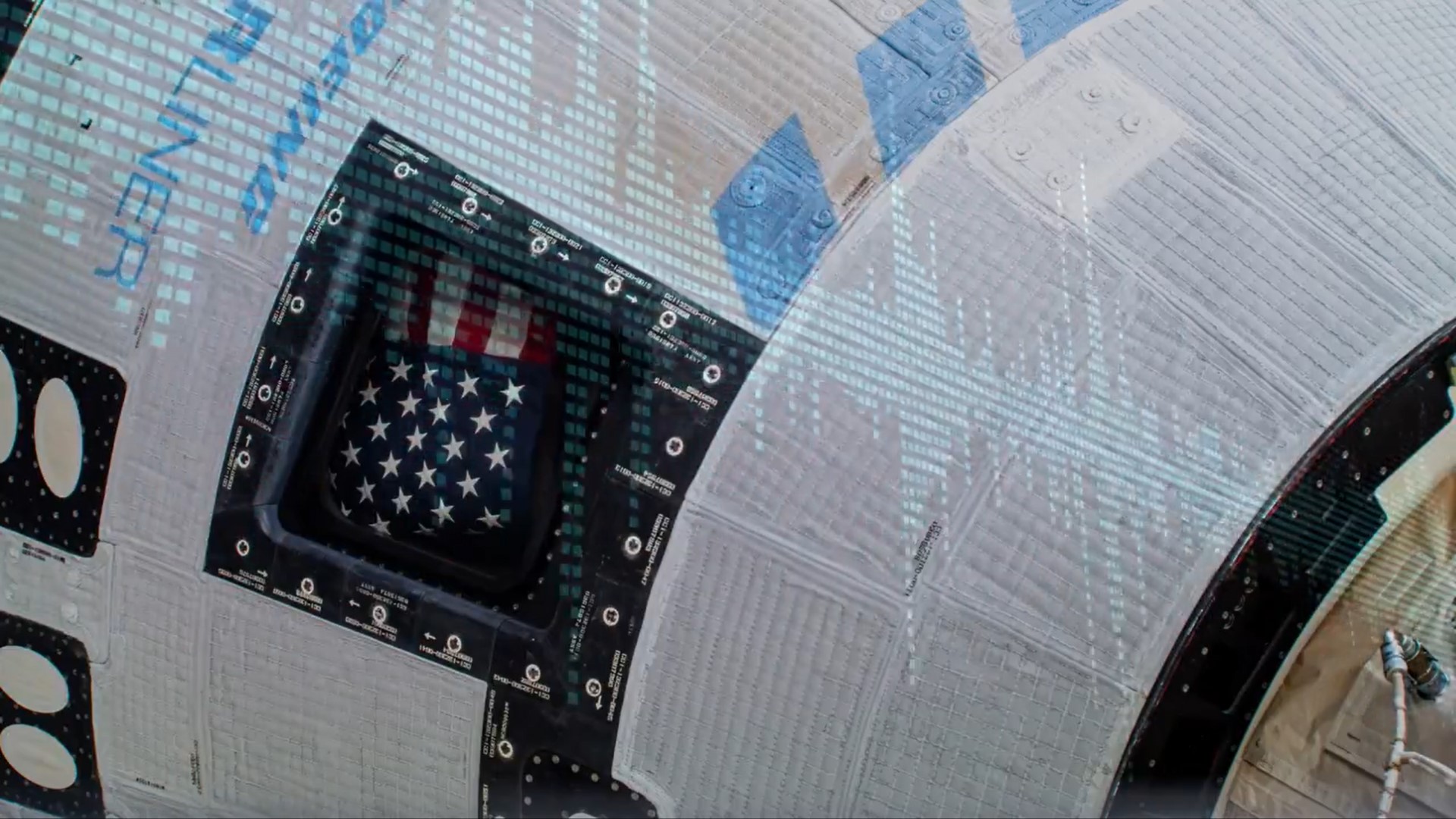In an unexpected twist to space exploration, astronauts aboard the Boeing Starliner, currently docked at the International Space Station (ISS), have reported hearing mysterious, pulsating noises. This development adds a layer of intrigue and concern to what was already a high-stakes mission.
The astronauts, including NASA’s Butch Wilmore, described the sounds as akin to “sonar pings” or a regular, pulsating noise emanating from within the spacecraft’s speakers. This phenomenon was captured in communications with NASA Mission Control, where Wilmore played the sound for analysis. The regularity of the noise has sparked curiosity and concern among experts and enthusiasts alike, as any anomaly in space missions, especially those involving human life, is treated with utmost seriousness.
The Starliner, designed to transport astronauts to and from the ISS, was scheduled to undock and return to Earth on September 6th. However, these strange noises have introduced a new variable into the equation. NASA and Boeing engineers are now racing against time to diagnose the source of these sounds. Could it be an electrical issue, a mechanical failure, or something entirely unforeseen? The possibilities range from mundane to the speculative, with some on social media platforms like X suggesting everything from extraterrestrial signals to undisclosed technology malfunctions.
Public reaction has been mixed, with a significant portion of people expressing skepticism over the spacecraft’s reliability. Comments range from humorous quips about the spacecraft’s origins to more serious concerns over the safety protocols and the competence of those involved in the mission’s oversight. The mention of diversity, equity, and inclusion (DEI) in relation to the spacecraft’s issues has sparked debates on how these factors might influence mission success, though such discussions often veer into speculative territory.
From a technical perspective, the noises could indicate a variety of issues. Electrical systems in spacecraft are complex, and any interference or malfunction could manifest as auditory anomalies. The mention of the sound being like an “EM pulse” by some enthusiasts points towards electromagnetic interference, which could indeed be a plausible explanation if verified by NASA’s technical teams.
As the world watches, NASA’s next steps will be crucial. Will they proceed with the return as planned, or will these noises delay the mission, potentially stranding the astronauts for longer? The situation underscores the unpredictable nature of space travel, where even the most meticulously planned missions can encounter the unknown.
This incident not only highlights the challenges of space exploration but also the human element of curiosity and fear when faced with the unexplained. As NASA and its partners work to solve this mystery, the global community remains captivated, awaiting further updates on what could be one of the more peculiar chapters in space travel history.


Leave a Comment